Timestamps Early inspirations (00:00:00) Meeting Ilya Sutskever (00:05:05) Ilya’s intuition (00:06:12) Understanding of LLMs (00:09:00) Scaling neural networks (00:15:15) What is language? (00:18:30) The GPU revolution (00:21:35) Human Brain Insights (00:25:05) Feelings & analogies (00:29:05 Problem selection (00:32:58) Gradient processing (00:35:21) Ethical implications (00:36:52) Selecting talent (00:40:15) Developing intuition (00:41:49) The road to AGI (00:43:50) Proudest moment (00:45:00)
Get the latest international news and world events from around the world.
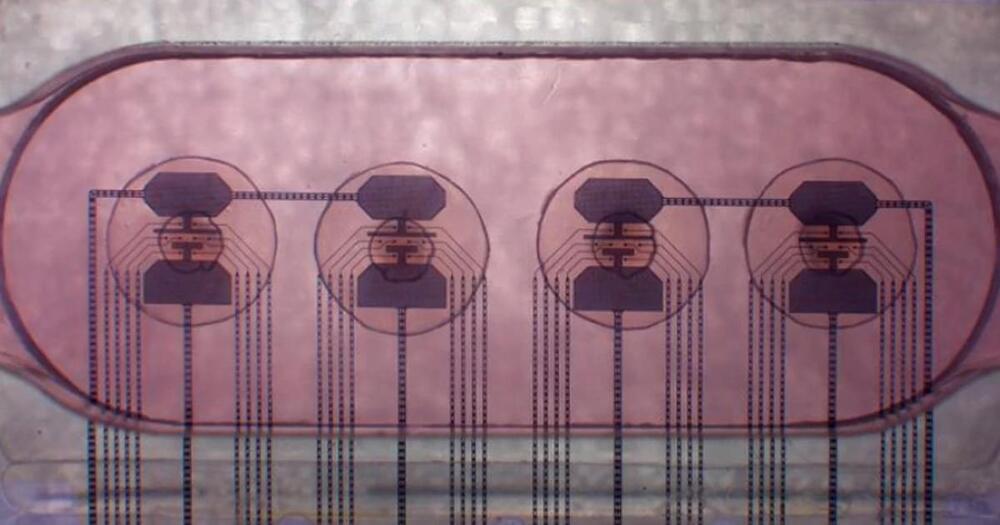
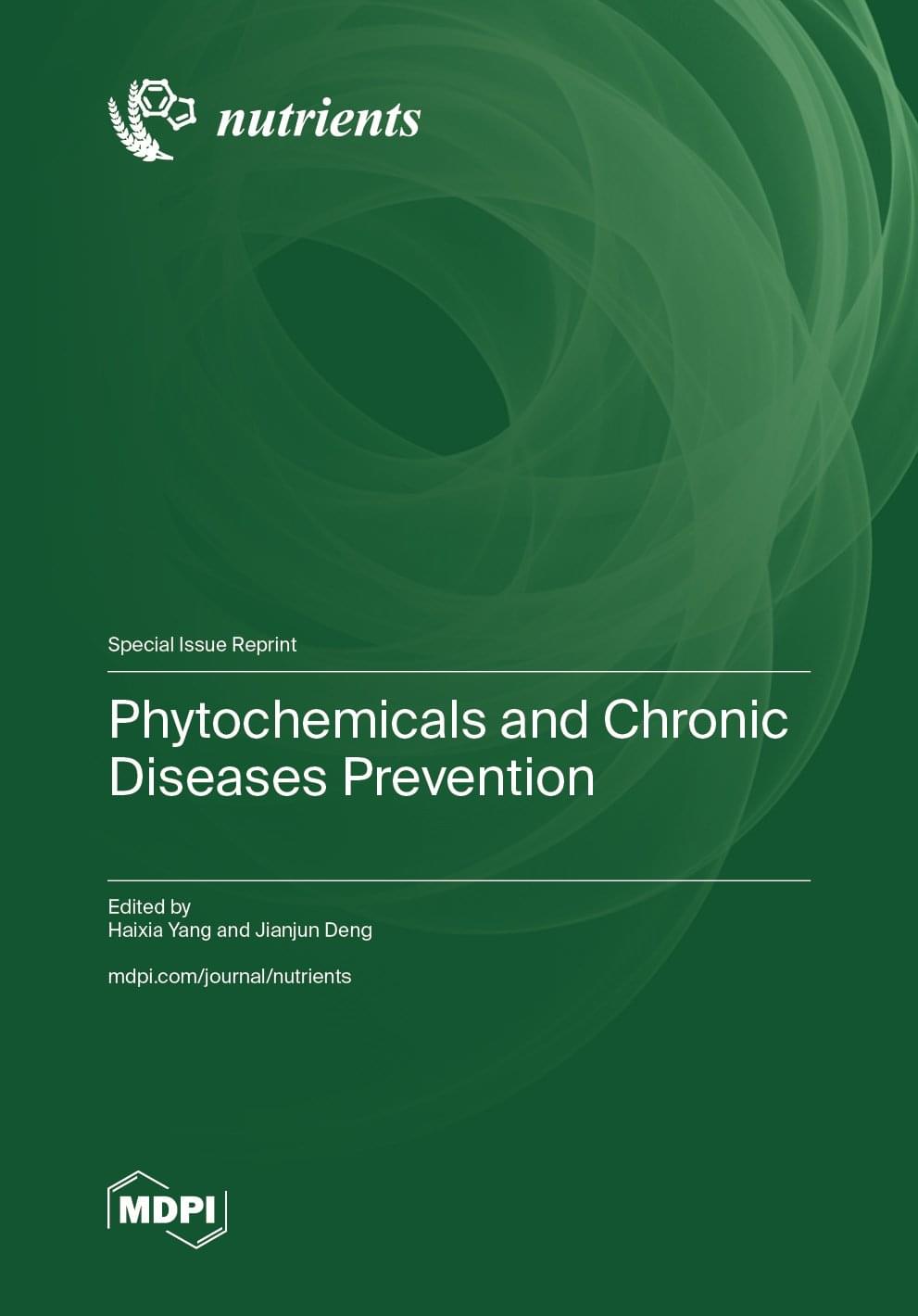
Phytochemicals and Chronic Diseases Prevention
With over 37,000 views, this special issue discusses the relationship between phytochemicals and chronic disease prevention, aiming to promote the development of this field.
The special issue focuses on phytochemicals’ isolation, identification, structure–activity relationships, bioactivities, and…
This Special Issue, entitled Phytochemicals and Prevention of Chronic Diseases, features a series of high-quality research articles that explore the isolation, identification, and bioactivities of phytochemicals, as well as the underlying molecular mechanisms implicated in chronic diseases via antioxidation, neuroprotection, and the modulation of the gut microbiota.
AI headphones let wearer listen to a single person in a crowd, by looking at them just once
Noise-canceling headphones have gotten very good at creating an auditory blank slate. But allowing certain sounds from a wearer’s environment through the erasure still challenges researchers. The latest edition of Apple’s AirPods Pro, for instance, automatically adjusts sound levels for wearers — sensing when they’re in conversation, for instance — but the user has little control over whom to listen to or when this happens.
A University of Washington team has developed an artificial intelligence system that lets a user wearing headphones look at a person speaking for three to five seconds to “enroll” them. The system, called “Target Speech Hearing,” then cancels all other sounds in the environment and plays just the enrolled speaker’s voice in real time even as the listener moves around in noisy places and no longer faces the speaker.
The team presented its findings May 14 in Honolulu at the ACM CHI Conference on Human Factors in Computing Systems. The code for the proof-of-concept device is available for others to build on. The system is not commercially available.

Dyson’s Trees and the Astrochicken
An exploration of some of physicist Freeman Dyson’s ideas above and beyond the Dyson sphere including Dyson’s Trees and the Astrochicken.
My Patreon Page:
/ johnmichaelgodier.
My Event Horizon Channel:
/ eventhorizonshow.
Music:

How Data From The Chandra X-Ray Observatory Helps With Studying Energetic Black Holes
🌌🔭 The Chandra X-ray Observatory has been unveiling the mysteries of the universe for 25 years! Discover how its X-ray data helps scientists study black holes, supernovae, and the formation of galaxies. Learn about the incredible insights gained and what the future holds for X-ray astronomy. #SpaceResearch #BlackHoles #Chandra
NASA’s Chandra X-ray Observatory detects X-ray emissions from astronomical events.
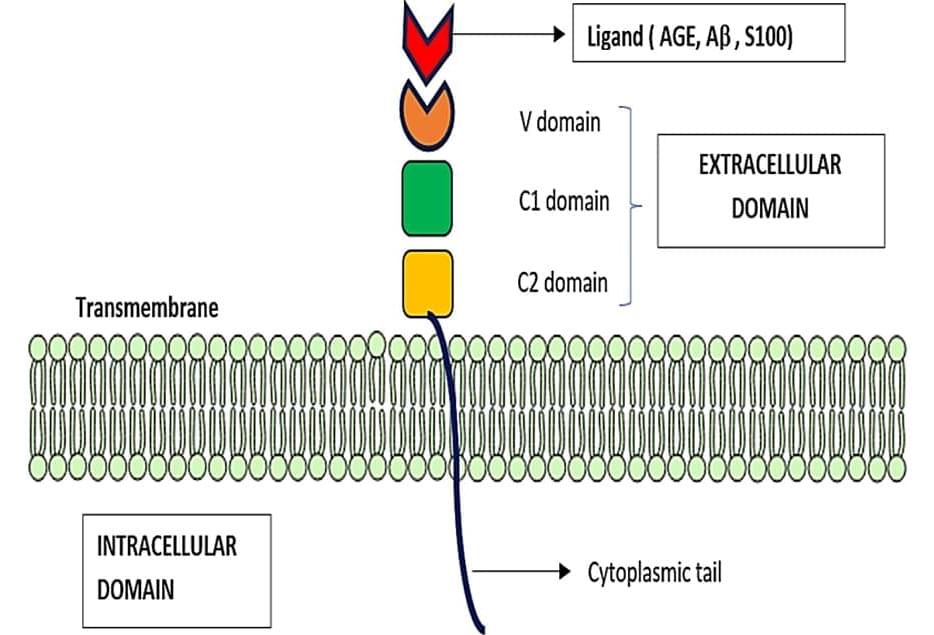
Advanced Glycation End Products-Induced Alzheimer’s Disease and Its Novel Therapeutic Approaches: A Comprehensive Review
Advanced glycation end products (AGEs) accumulate in the brain, leading to neurodegenerative conditions such as Alzheimer’s disease (AD). The pathophysiology of AD is influenced by receptors for AGEs and toll-like receptor 4 (TLR4). Protein glycation results in irreversible AGEs through a complicated series of reactions involving the formation of Schiff’s base, the Amadori reaction, followed by the Maillard reaction, which causes abnormal brain glucose metabolism, oxidative stress, malfunctioning mitochondria, plaque deposition, and neuronal death. Amyloid plaque and other stimuli activate macrophages, which are crucial immune cells in AD development, triggering the production of inflammatory molecules and contributing to the disease’s pathogenesis. The risk of AD is doubled by risk factors for atherosclerosis, dementia, advanced age, and type 2 diabetic mellitus (DM). As individuals age, the prevalence of neurological illnesses such as AD increases due to a decrease in glyoxalase levels and an increase in AGE accumulation. Insulin’s role in proteostasis influences hallmarks of AD-like tau phosphorylation and amyloid β peptide clearance, affecting lipid metabolism, inflammation, vasoreactivity, and vascular function. The high-mobility group box 1 (HMGB1) protein, a key initiator and activator of a neuroinflammatory response, has been linked to the development of neurodegenerative diseases such as AD. The TLR4 inhibitor was found to improve memory and learning impairment and decrease Aβ build-up. Therapeutic research into anti-glycation agents, receptor for advanced glycation end products (RAGE) inhibitors, and AGE breakers offers hope for intervention strategies. Dietary and lifestyle modifications can also slow AD progression. Newer therapeutic approaches targeting AGE-related pathways are needed.
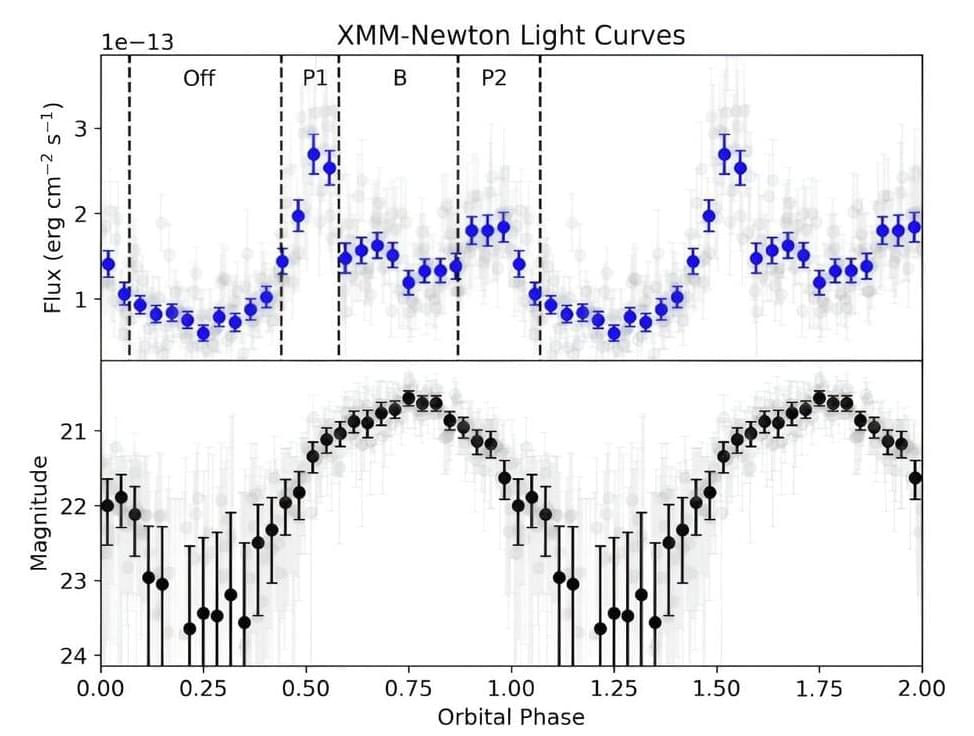
Study investigates a massive ‘spider’ pulsar
Astronomers from the Stanford University in California have performed joint X-ray and optical observations of a massive “spider” pulsar designated PSR J2215+5135. Results of the observational campaign, presented in a paper published May 22 on the pre-print server arXiv, provide more hints into the nature of this pulsar.
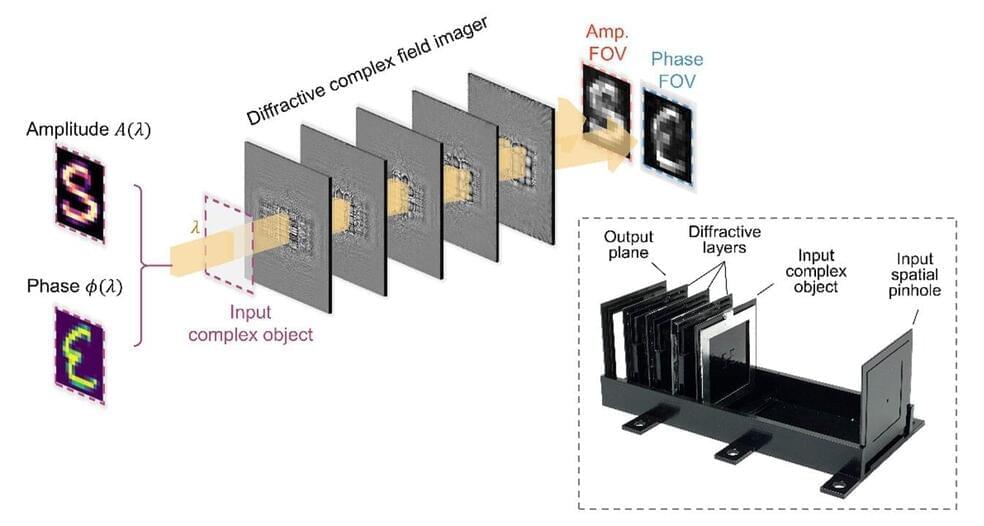
New imager acquires amplitude and phase information without digital processing
Researchers at the University of California, Los Angeles (UCLA) have achieved a significant milestone in optical imaging technology. A new all-optical complex field imager has been developed, capable of capturing both amplitude and phase information of optical fields without the need for digital processing.